Products
-
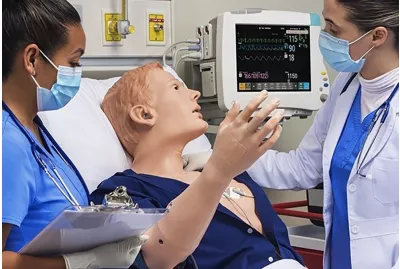 HAL® S5301 - Interdisciplinary and ImmersiveS5301.PKLearn More
HAL® S5301 - Interdisciplinary and ImmersiveS5301.PKLearn MoreMeet the most advanced interdisciplinary patient simulator in the world. From emergency care to ICU and med-surg training, HAL is engineered to fulfill educational objectives across clinical disciplines and blur the lines between simulation and real life. New conversational speech, lifelike motor movement, next-gen simulated physiology, UNI® 3, and many more industry-first capabilities usher in the next revolutionary leap in simulation.
-
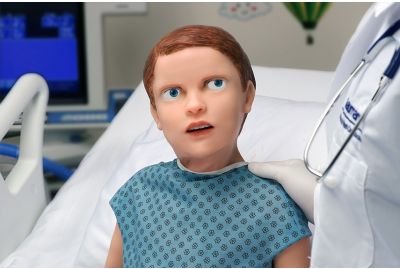 Pediatric HAL® S2225 - Wireless and Tetherless Pediatric Patient SimulatorS2225.PKLearn MorePediatric HAL® is the world's most advanced pediatric patient simulator and the first capable of simulating lifelike emotions through dynamic facial expressions, movement, and speech. HAL is designed to help providers of all levels develop the specialized skills needed to effectively communicate, diagnose, and treat young patients in nearly all clinical areas.
Pediatric HAL® S2225 - Wireless and Tetherless Pediatric Patient SimulatorS2225.PKLearn MorePediatric HAL® is the world's most advanced pediatric patient simulator and the first capable of simulating lifelike emotions through dynamic facial expressions, movement, and speech. HAL is designed to help providers of all levels develop the specialized skills needed to effectively communicate, diagnose, and treat young patients in nearly all clinical areas. -
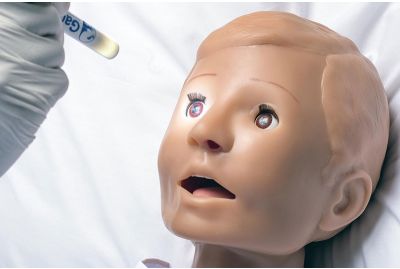 Pediatric HAL® S3005 - Wireless and Tetherless, Five-Year-Old Patient SimulatorS3005.PKLearn MoreFrom nursing to emergency care, the Pediatric HAL® S3005 Five-Year-Old Patient Simulator allows you to train teamwork and patient care skills through hands-on exercises. Pediatric HAL® is wireless and tetherless and remains fully functional while being moved from place to place.
Pediatric HAL® S3005 - Wireless and Tetherless, Five-Year-Old Patient SimulatorS3005.PKLearn MoreFrom nursing to emergency care, the Pediatric HAL® S3005 Five-Year-Old Patient Simulator allows you to train teamwork and patient care skills through hands-on exercises. Pediatric HAL® is wireless and tetherless and remains fully functional while being moved from place to place. -
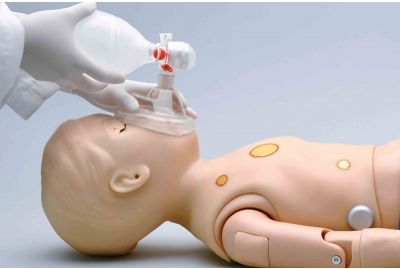 Pediatric HAL® S3004 - Wireless and Tetherless, One-Year-Old Patient SimulatorS3004.PKLearn More
Pediatric HAL® S3004 - Wireless and Tetherless, One-Year-Old Patient SimulatorS3004.PKLearn MorePediatric HAL® is a high-fidelity toddler patient simulator specifically designed to meet the needs of pediatric care training programs. Pediatric HAL can help your care teams improve teamwork and patient care through hands-on scenario-based training. Participants can practice and develop airway management, auscultation, ventilation, CPR, IV/IO placement skills, and more.
-
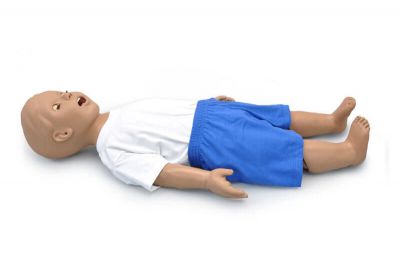 S312 1-Year Pediatric Airway TrainerS312.PKLearn MoreThe 1-Year-Old Patient Airway Trainer is a full-body neonatal manikin designed with a realistic chest cavity and airway that allows participants to practice correct intubation of infants and toddlers. Participants can use real tools to hone technique and reduce the potential for airway injury.
S312 1-Year Pediatric Airway TrainerS312.PKLearn MoreThe 1-Year-Old Patient Airway Trainer is a full-body neonatal manikin designed with a realistic chest cavity and airway that allows participants to practice correct intubation of infants and toddlers. Participants can use real tools to hone technique and reduce the potential for airway injury.
